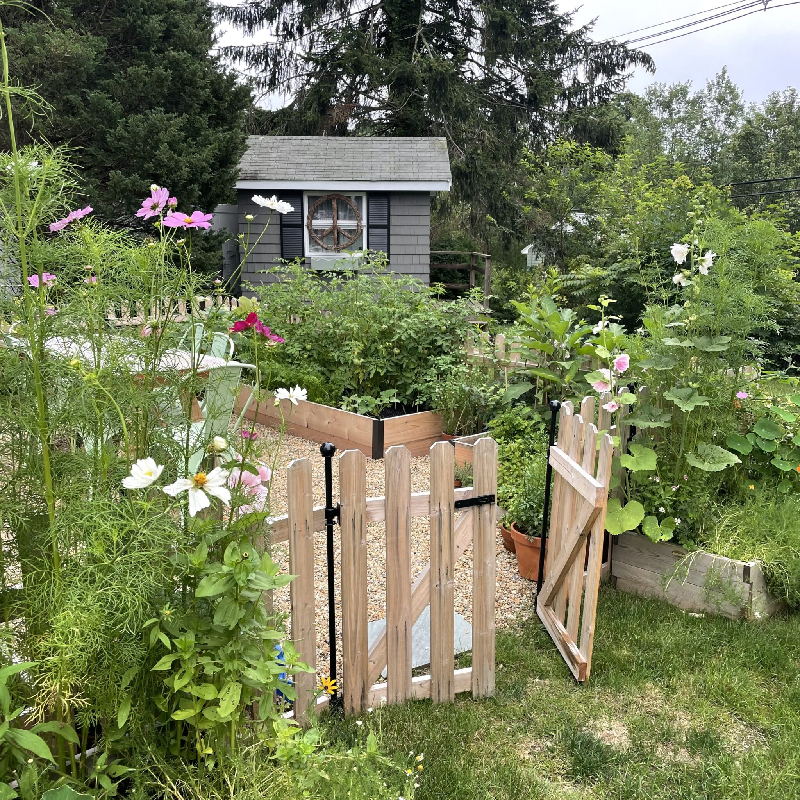farm fence t post
Dec . 15, 2024 07:58
Understanding Farm Fence T-Posts Essential Components for Secure Fencing
Farm fencing is a critical component of agricultural management, serving multiple purposes such as containing livestock, protecting crops, and delineating property boundaries. Among the various materials and techniques available for constructing farm fences, T-posts have emerged as a popular choice among farmers and ranchers. This article will explore the importance of T-posts in rural fencing, their advantages, and best practices for installation and maintenance.
What is a T-Post?
A T-post is a type of metal fence post that is generally made from steel and is shaped like the letter T. The design includes a flat vertical section and a horizontal flange, which adds stability and strength. T-posts come in various lengths and gauges, making them suitable for different fencing applications. They are particularly favored for their durability and ease of installation.
Advantages of Using T-Posts
1. Strength and Longevity T-posts are made from galvanized steel, which helps prevent rust and corrosion. This durability means that they can withstand harsh weather conditions, making them a long-term investment for any farm.
2. Versatility They are incredibly versatile and can be used for a variety of fencing types, including barbed wire, electric fencing, and woven wire. This flexibility allows farmers to customize their fencing according to specific needs—for example, adjusting height and spacing based on the type of livestock being contained.
3. Cost-Effectiveness Compared to wooden posts, T-posts are generally more affordable and require less maintenance over time. Wooden posts can rot, split, or be damaged by pests, leading to higher replacement costs.
farm fence t post

4. Ease of Installation T-posts are relatively lightweight and easy to manipulate, making them simpler to install compared to heavier alternatives. Farmers can usually install them with minimal tools—usually just a T-post driver or pounder.
Best Practices for Installation
1. Planning and Layout Before installation, it is essential to plan the layout of your fence. Consider the terrain and any existing structures that may affect the fence line. Mark the locations for your T-posts, typically spaced 8 to 10 feet apart depending on the type of fencing.
2. Setting the Posts Use a T-post driver to securely set the posts into the ground. Ensure that at least one-third of the post is buried to provide stability. The top of the post should remain exposed to fit the height of your fencing material.
3. Attaching Fencing Material Once the posts are in place, attach your chosen fencing material. This could involve threading barbed wire through the holes on the T-post or securing electric fencing insulators. Maintain tension in the fencing material to prevent sagging.
4. Regular Inspection and Maintenance To ensure the longevity of your fence, conduct regular inspections. Check for rust, bent posts, or wear in the fencing material. Replacing any damaged components promptly will help maintain the integrity of your fencing system.
Conclusion
In conclusion, T-posts represent an excellent option for those looking to build a reliable and durable farm fence. Their strength, cost-effectiveness, and ease of installation make them a go-to choice among many agricultural professionals. By following best practices for installation and maintenance, you can ensure that your fencing remains effective in containing livestock and protecting your property for years to come. Investing in quality materials like T-posts will ultimately lead to a more manageable and secure farming operation, providing peace of mind and a solid foundation for various agricultural activities.




















